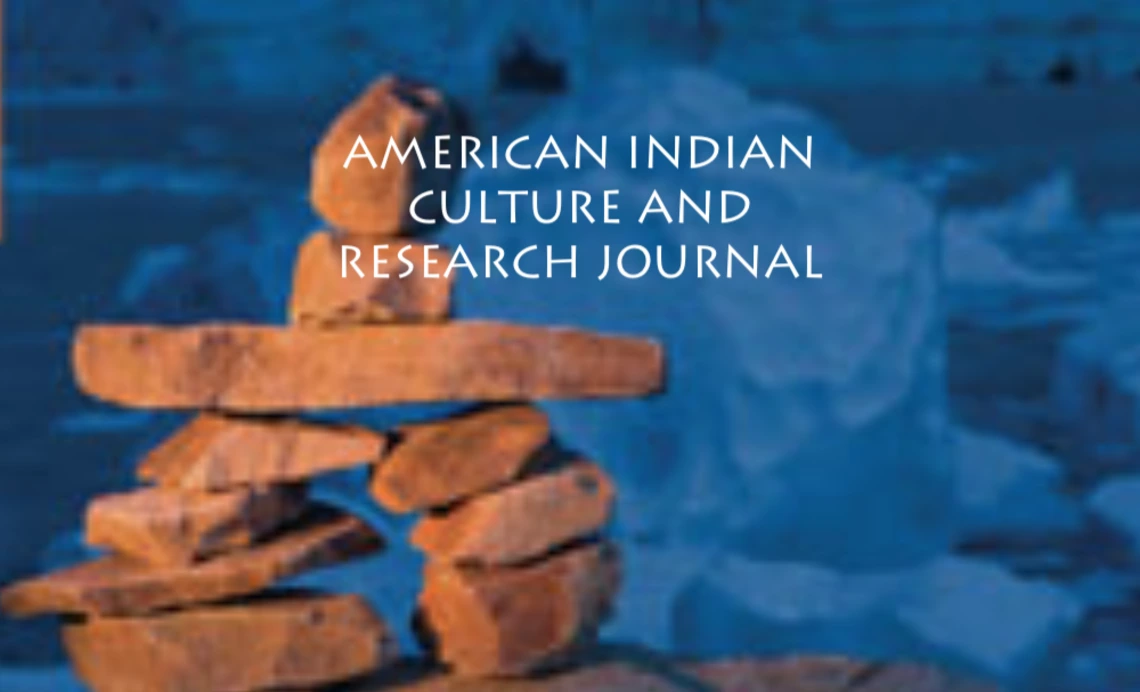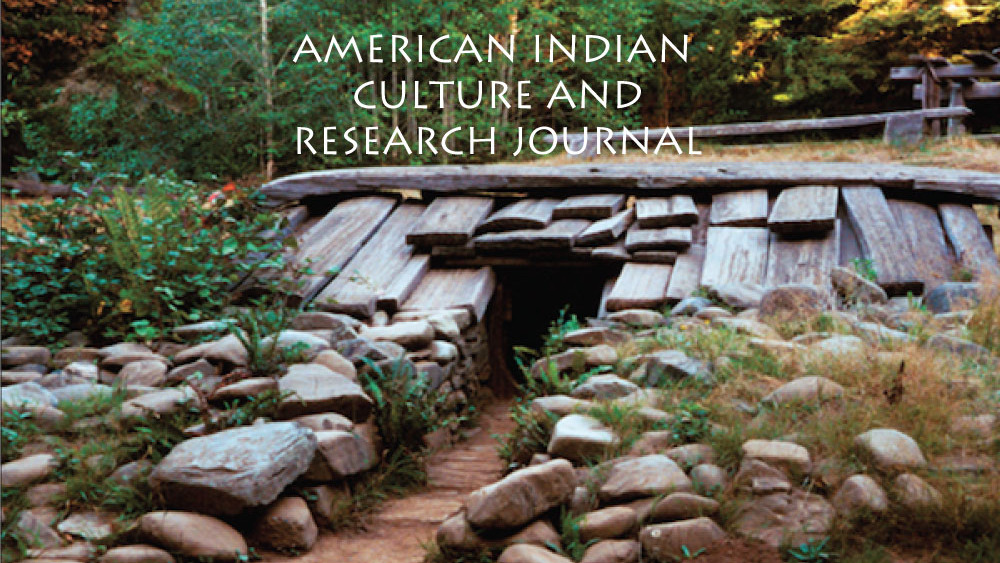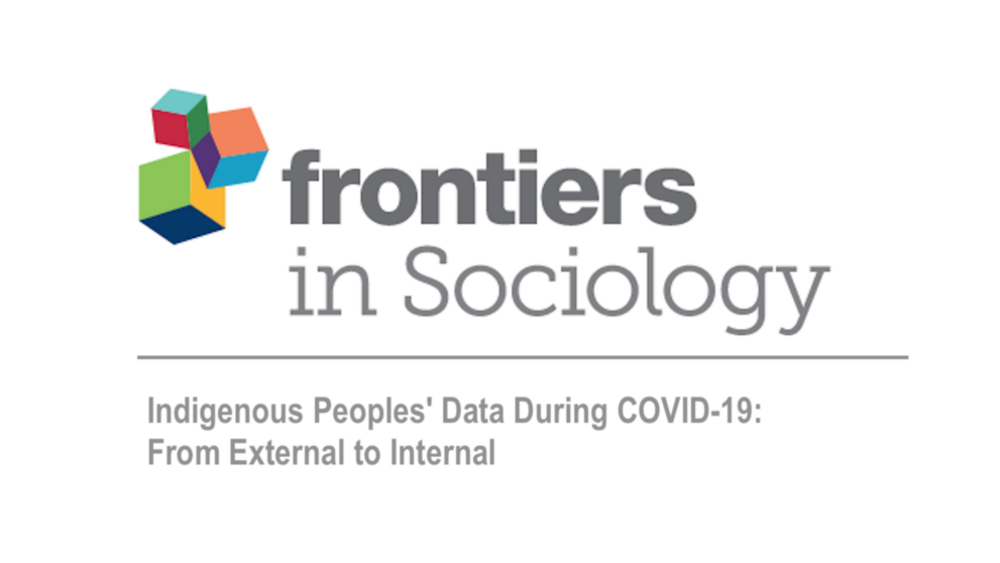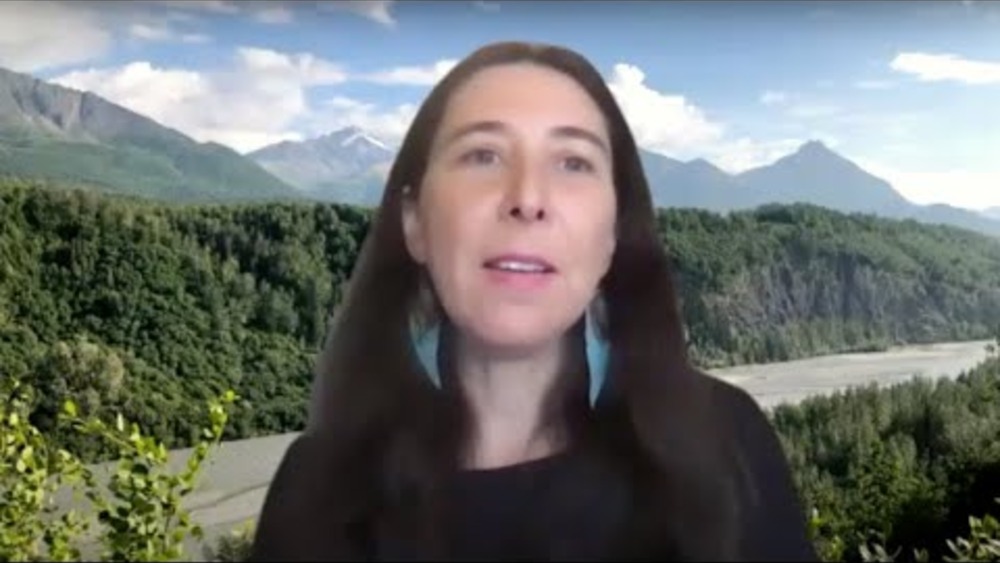In a two-volume, special edition of the American Indian Culture and Research Journal—volume 44, issues 2 and 3—we examine COVID-19’s unique implications for Indigenous Peoples, nations, and communities. We organized these special issues because the COVID-19 pandemic has particularly adversely affected Indigenous Peoples within the United States. In February 2021, the United States has the highest number of COVID-19 cases of any country in the world—nearly 28 million, more than twice that of the second-highest country, India, which has 11 million cases. Within the United States, COVID-19 differs substantially across demographic groups and communities. African Americans, Hispanics, and American Indians have experi-enced substantially higher levels of COVID-19 infection and death. American Indians, in particular, are quite vulnerable to COVID-19; death rates have been 1.5 times those for non-Hispanic whites, while infection rates are 3.5 times those for non-Hispanic whites.
The impact of COVID-19 on Indigenous Peoples residing in other countries differs according to the overall national strategy for dealing with the pandemic. In Australia and New Zealand, where COVID-19 strategies have been particularly stringent, the impact has not been as severe as in the United States; however, there is still some evidence that Indigenous Peoples are more likely to be affected. We have less evidence for other parts of the world, especially in South and Central America. In Canada, at least at the beginning of the pandemic, the impacts on First Nations has been less dire than compared to the general Canadian population; however, in recent months, there have been increased case rates on reserves in the western Canadian provinces.
The structural racism of colonialism is the driver of myriad negative outcomes for Indigenous Peoples, and the effects of COVID-19 are no exception. The articles in this first special issue, AICRJ 44.2, take a granular and intersectional look at the impact of the pandemic, the resilience of Indigenous communities, and the relevance of self-determination in public responses. These articles document specific programs and methods to combat and cope with COVID-19 effects in Indigenous communities and nations.
Additional Information
Carroll, Stephanie; Randall Akee, Chandra Ford, eds. COVID-19 and Indigenous Peoples: Impact of and Response to the Pandemic. (2020). American Indian Culture and Research Journal. Vol. 44, No. 2. American Indian Studies Center, UCLA, Los Angeles, CA.




